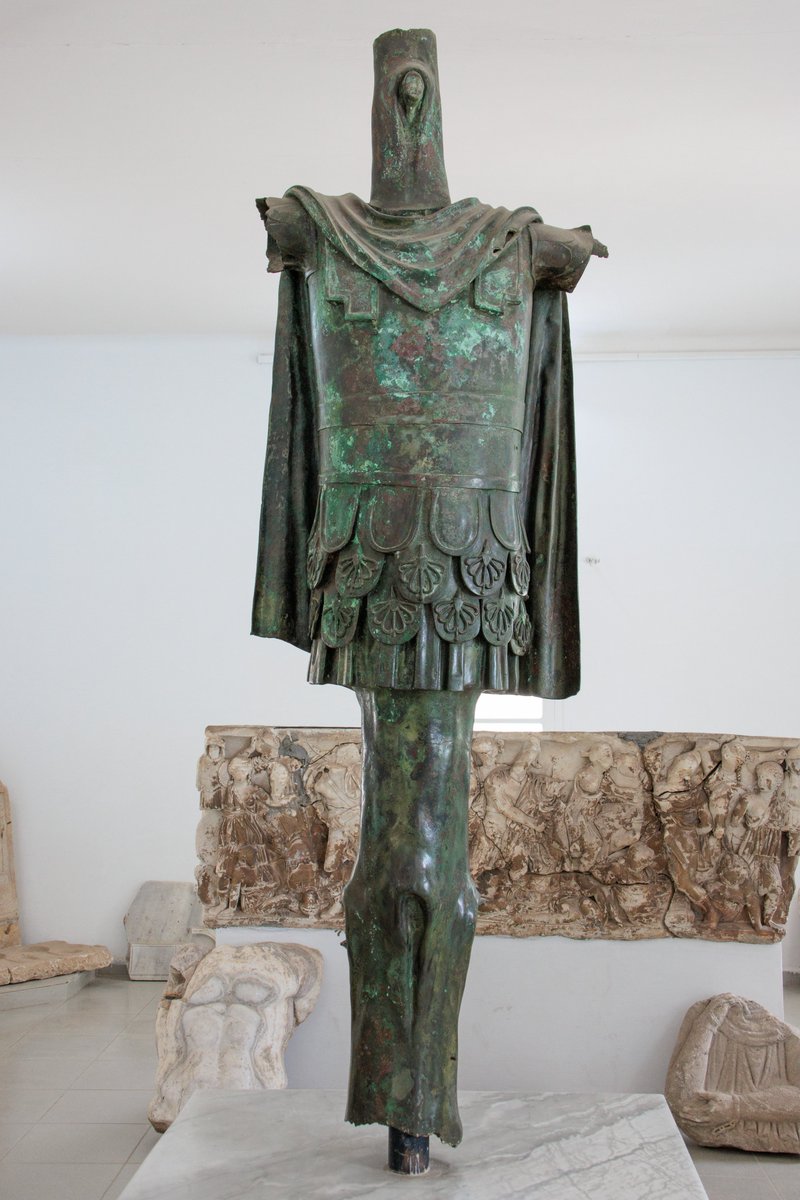New coin: Roman denarius of the emperor Antoninus Pius, minted around 147 AD nine years into his reign. The reverse shows Liberalitas who personified the divine virtues of generosity and beneficence, holding a coin dispensing tablet and an overflowing cornucopia. #numismatics 

The coin commemorates Pius' fourth display of liberality in the form of the imperial 'congiarium'; a state-funded monetary gift to eligible citizens in the city of Rome. The congiarium was usually given in silver denarii at a ceremony presided over by the Emperor himself. 

The congiaria handouts began with Augustus gifting every citizen the substantial sum of 60 denarii. Later Domitian and Hadrian would give gifts of 75 denarii. By the time of this congiarium by Antoninus Pius, the amount had reached 100 denarii per person. 

Whereas bronze and gold coins would often celebrate the congiaria in a full depiction of the ceremony, with the Emperor and officials distributing coins from a raised platform; the silver denarius advertised the Emperor's generosity with the female personification of Liberalitas. 





The huge amount of coins being distributed necessitated the use of an ingenious device to quickly count, display and distribute large amounts e.g. 100 silver denarii: a handheld tablet with slots for the coins, known as a tessera or tablifer, not dissimilar to modern coin trays. 

A citizen would first approach the platform and register with an official, while a second attendant prepared the tablet of coins and displayed them aloft evidencing the correct amount. The citizen would then hold open the 'sinus' fold of his toga for the coins to be dropped into. 



While none of these coin dispensers survive from antiquity, we can surmise that to hold 100 denarii the tablet would need to measure at least 30cm on each side, with the combined weight of silver being roughly 300g, which would not be prohibitively unwieldy. 

It is calculated that if each citizen took an average of 15 seconds to receive their coins from the Emperor, then 2000 distributions could be made in an 8 hour day. A typical congiarium to 200,000 male citizens would take 14 separate teams a week to complete! 

Like other "Good Emperors" before him, Antoninus gave many congiaria to the people during his reign, cultivating the perception of the era as a properous, golden age for Rome. He would rule the empire for 23 largely peaceful years. #roman #numismatics 



• • •
Missing some Tweet in this thread? You can try to
force a refresh
























